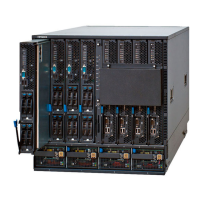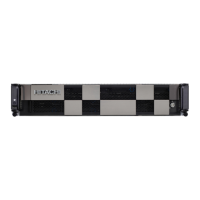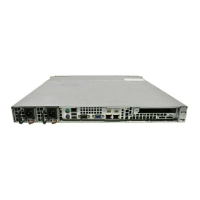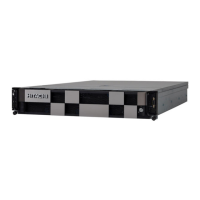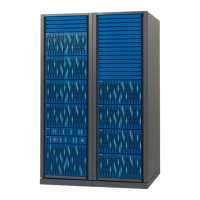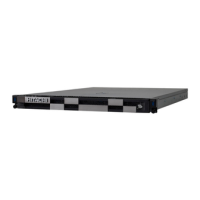IPv6 overview
The current Internet protocol address standard, IPv4, uses a 32-bit address
and has an insufficient number of a
vailable addresses for global usage. The
next generation Internet protocol address standard, IPv6, uses a 128-bit
address. This provides a much larger pool of addresses. The NAS server
supports both IPv4 and IPv6 at the same time (dual-stack).
Address formats
An IPv4 address consists of dotted quads, for example 127.0.0.1.
For an IPv6 address, each 16 bits of the 128 bit address is represented as a
hexadecimal number separated by a colon (:) as shown below:
2001:db8:0:0:1:0:0:1
R
epeated fields of zeroes can be replaced by :: as shown below:
2001:db8::1:0:0:1 or 2001:db8:0:0:1::1
There can only be one :: in the text representation of an address.
IPv6 addresses ha
ve a 64-bit netmask which consists of the 64 leftmost bits
of the address which is represented in CIDR format as shown below:
2001:db8::/64
This represents an address r
ange of 2001:db8:0:0:0:0:0:0 to
2001:db8:0:0:ffff:ffff:ffff:ffff.
Address resolution
IPv6 uses NDP (Neighbor Discovery Protocol) instead of ARP for address
resolution and IRDP for router discovery.
IPv6 and the NAS server
On the NAS server, wherever an IP address is specified, it is possible to add
IPv4 or IPv6 addresses. If the NAS server is configured with IPv6 addresses,
clients can connect to it using IPv6. However, to connect to it from both IPv4
and IPv6 clients, it is necessary to configure both IPv4 and IPv6 addresses.
Note: The NA
S server does not support SLAAC on file-serving interfaces.
Using the SMU with IPv6
It is possible to use the SMU to configure IPv6 addresses for file-serving and
non-file serving interfaces, routes and name services.
Using IPv6 35
Hitachi NAS Platform Network Administration Guide

